Role Artist Name Rachel Rosenthal | Notable work Pangean Dreams Known for Performance Art | |
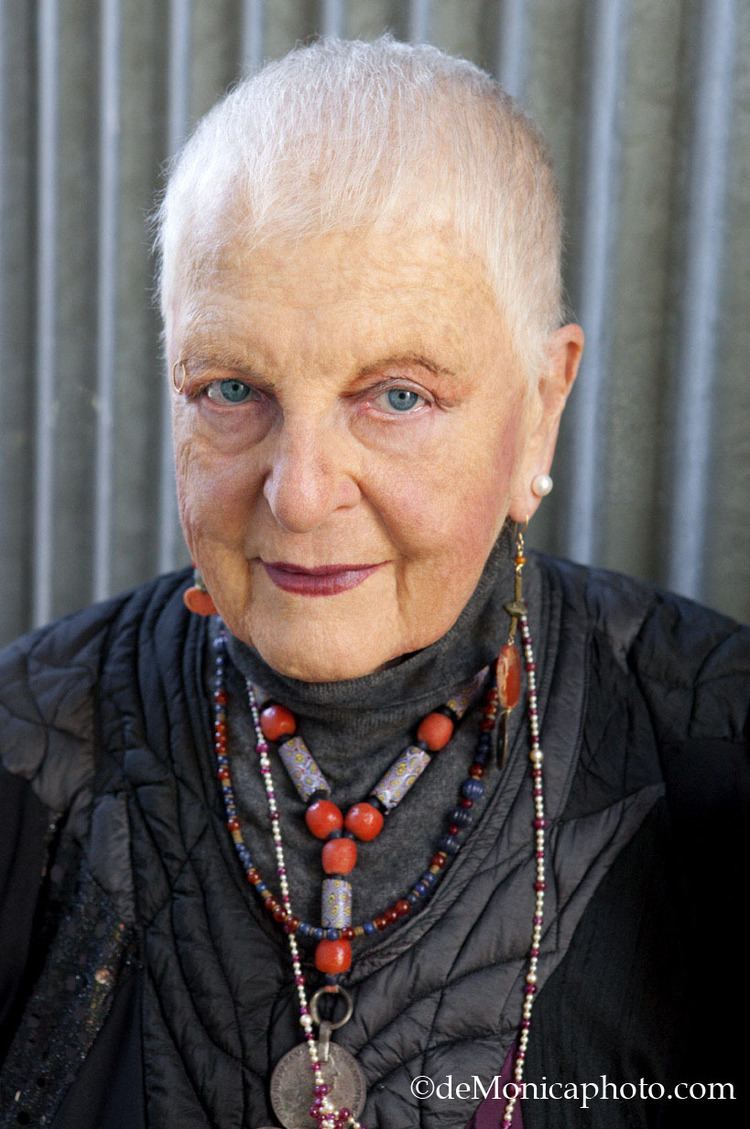 | ||
Website www.rachelrosenthal.org Movies The New Age, Seeing Is Believing Parents Mara Jacoubovitch Rosenthal, Leonard Rosenthal Books The DbD Experience: Chance K, Tatti Wattles, The DbD Experience Book: Ch, Dbd Experience - The: Cha, Trade Relations Between t Similar People King Moody, Paul Bearer, Lynn Hershman Leeson, Michael Tolkin | ||
KabbaLAmobile by Rachel Rosenthal (1984)
Rachel Rosenthal (November 9, 1926 – May 10, 2015) was an interdisciplinary artist, a teacher and animal rights activist based in Los Angeles, California. She was best known for her full-length performance art pieces which offered unique combinations of theatre, dance, creative slides and live music. She toured her pieces, with The Rachel Rosenthal Company, to numerous venues both within the United States and abroad. Theatres and festivals she visited include: the Dance Theatre Workshop and Serious Fun! at Lincoln Center in New York City, the Kaaitheater in Brussels, The Internationals Summer Theater Festival in Hamburg, The Performance Space in Sydney and the Festival de Théâtre des Amériques, Théâtre Centaur, Montréal. One of her key ambitions was to help heal the earth through art.
Contents
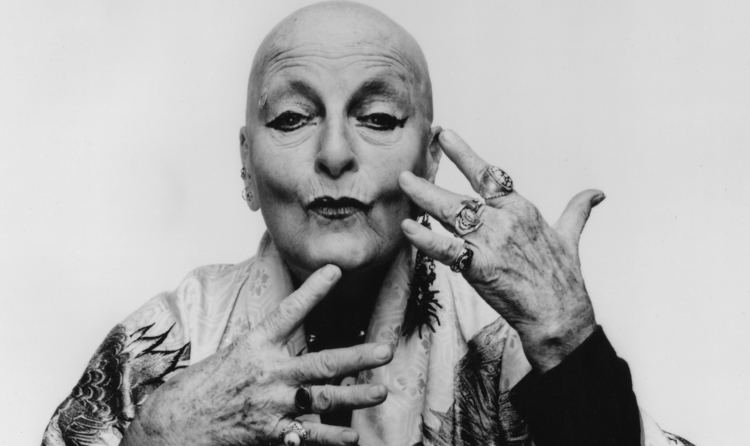
Early life
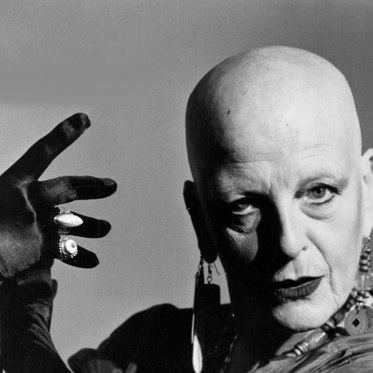
Rosenthal was born on November 9, 1926 in Paris, France, into an assimilated Russian Jewish family. Her father, Léonard Rosenthal, was a well-known merchant of Oriental pearls and precious stones. Her mother was Mara Jacoubovitch Rosenthal. She described her childhood home as one filled with the works of Monet and Chagall; purchases brought home from her father's travels to Italy. Rosenthal's knack for performing developed at an early age; she was only three when she started performing and often entertained up to 150 guests at family events. She was only six when she started learning ballet under the guidance of the acclaimed Preobrajenska.
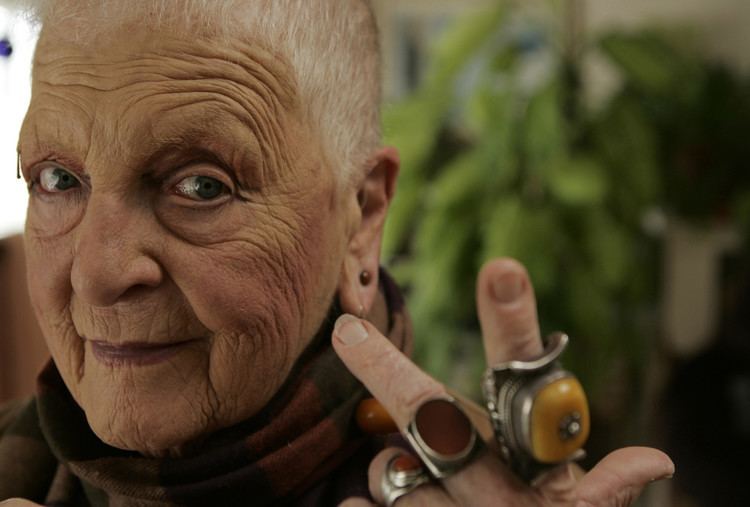
During World War II, her family escaped France, moving to Rio de Janeiro, Brazil, via a short stay in Portugal. This journey inspired the creation of her piece, My Brazil. In April 1941, her family left Brazil to settle in New York, where Rosenthal would later graduate from the High School of Music and Art. She studied acting at the Jean-Louis Barrault School of Theatre and with Herbert Berghoff. At some stage she was an apprentice of director Erwin Piscator and directed some off-Broadway productions. Additionally, she was an assistant designer to Heinz Condella at the New York City Opera and danced in Merce Cunningham's company. It is the integration of these various skills and talents that have enabled her to produce complex and multi-layered performance art pieces.
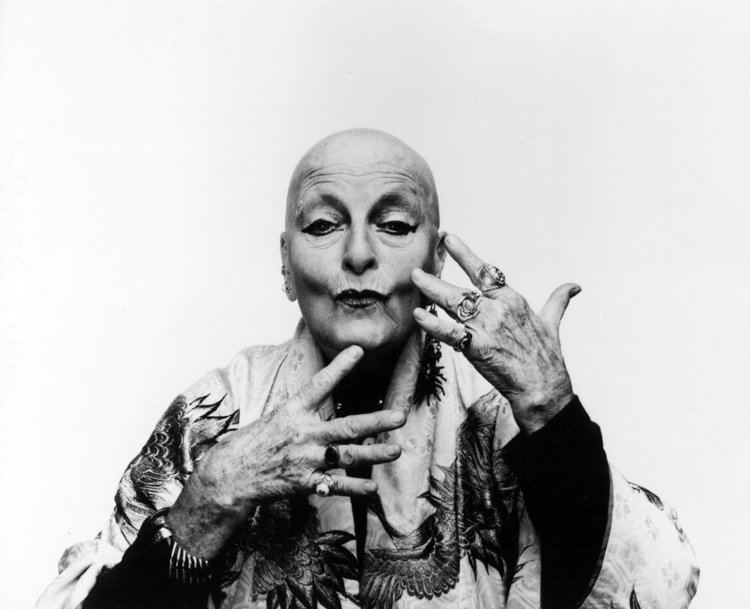
After settling back in New York in 1953, her social circle included John Cage, Merce Cunningham, Sari Dienes, Robert Rauschenberg and Jasper Johns. She was introduced to Zen Buddhism and Asian philosophy by Cage. She soon grew an interest in martial arts (kung fun, tai chi, karate) and started training in them.
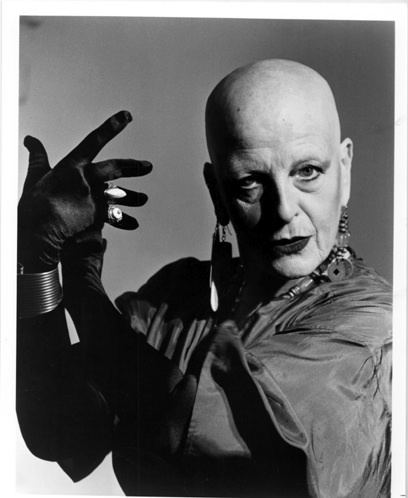
Improvisation and spontaneity became significantly more important to her and her move in the direction towards experimental theatre was influenced by reading of Antonin Artaud's, "The Theatre and Its Double". She did return to visual arts and sculpture as well; creating truly unique performance art that allowed the freedom to improvise.
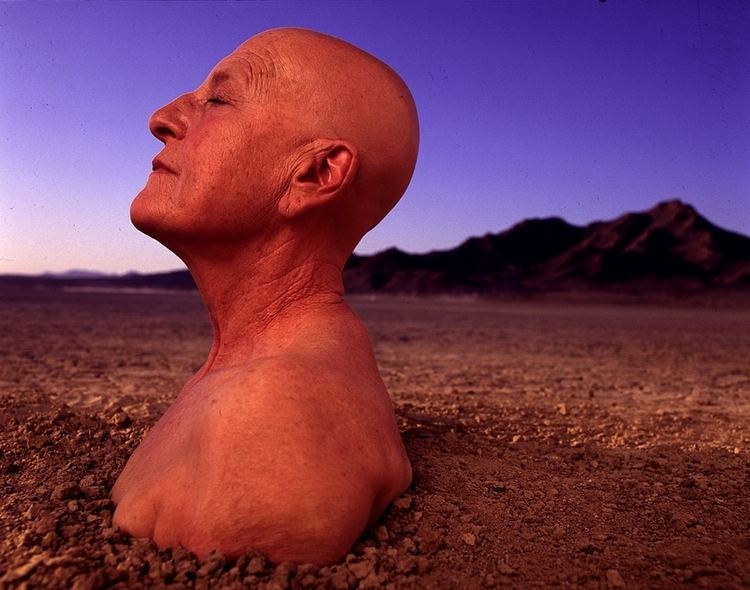
In 1955, she moved to California, and became involved with the art scene surrounding the Ferus Gallery. That year she created the experimental "Instant Theatre," within the Cast Theatre (now named El Centro Theatre), performing in and directing it for ten years. She was a leading figure in the L.A. Women's Art Movement in the 1970s and co-founded the Womanspace Gallery, a cooperatively run gallery devoted to work by female artists, in 1973. She is considered one of the "first-generation feminist artists," a group that also includes Mary Beth Edelson, Carolee Schneeman, and Judy Chicago. They were part of the Feminist art movement in Europe and the United States in the early 1970s to develop feminist writing and art. By 1975, she had written, created, directed and acted in more than 30 full-length performances in the United States and Europe. Rosenthal began teaching classes in performance in 1979.
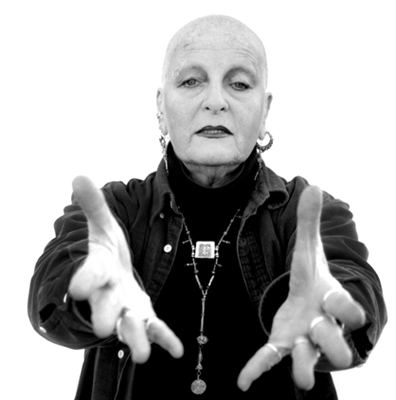
The Others (1984) was her landmark show in which the stage was shared with forty-two animals ranging from goats, snakes to monkeys; all animals had a printed bio and were treated as equals. In 1987, she was invited to design a piece specifically for the international art fair, Documenta 8, occurring in Kassel, West Germany. Her original piece for this was Rachel’s Brain, with music by Stephen Nachmanovitch. Rachel's Brain dealt with brain research findings,intellectual history and hubris. Alan M. Kriegsman, a writer for the Washington Post, describes her performance as notably magnetic, skillful and sufficient to keep you raptured.
Marriage
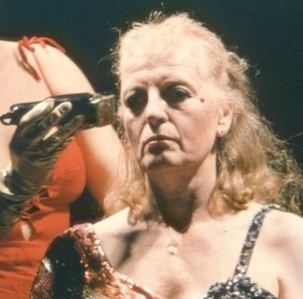
She was married to actor King Moody, for 20 years.
Later years
Rosenthal was the director of the Rachel Rosenthal Company which she formed in 1989 in Los Angeles, California. The company's repertoire deals with themes such as environmental destruction, social justice issues, animal rights, earth-based spirituality, in a hybrid form that combines voice, text, movement, music, video projection, and elaborate theatrical costuming, set design, and dramatic lighting, ultimately challenging the rigid boundaries that have traditionally separated performance art from theater. She is an advisory board member of the New Museum of Contemporary Art in New York.
In 1990, Rosenthal premiered Pangaean Dreams at The Santa Monica Museum Of Art for The L.A. Festival. In 1992, filename: FUTURFAX was commissioned by the Whitney Museum in New York. This work showed the audience a world of rationed food, government hydro-farms with the purpose of raising climate change dialogue and the possibility of human extinction. In 1994, she was an honoree of the Women's Caucus for Art honor awards selection committee at the annual WCA conference held in New York City.
In 1994 she premiered her 56-performer piece Zone at the UCLA Center for the Performing Arts Wadsworth Theatre. Between 1994 and 1997, with her newly formed Company, she revived the "Instant Theatre" of the 1950s and 1960s as TOHUBOHU! and went on to collaboratively create DBDBDB-d: An Evening (1994), TOHUBOHU! (1995–97), Meditation on the Life and Death of Ken Saro-Wiwa, Timepiece (1996), The Swans and The Unexpurgated Virgin (1997).
Both Timepiece and The Unexpurgated Virgin premiered at the Fall Ahead Festival at Cal State Los Angeles. In 2000, at the FADO Performance Art Centre, Paul Couillard, in collaboration with the 7a*11d International Performance Art Festival, presented Rosenthal's final full-length performance piece, UR-BOOR, for two nights only. In 2000, aged 73, Rosenthal announced that she was retiring from performance to dedicate herself to her animal rights activism and pursue a career as a painter.
Rosenthal lectured at Carnegie-Mellon University's Robert Lepper Distinguished Lecture in Creative Inquiry series, as a lecturer/presenter at the first Performance, Culture and Pedagogy Conference at Penn. State (1996). Rosenthal was also a visiting artist at The Art Institute of Chicago, New York University, University of California Los Angeles, UC Irvine, UC Santa Barbara, California Institute of the Arts, and at the Naropa, Esalen and Omega Institutes. Artist Robert Rauschenberg honored her in a suite of prints entitled Tribute 21. Recipients include Mikhail Gorbachev, R. Buckminster Fuller, Toni Morrison, Nelson Mandela and the Dalai Lama.
Rosenthal had a small part in a Season 1 episode of the television series Frasier, called "The Crucible". As eccentric Seattle-based artist Martha Paxton, she attends a cocktail party in Frasier's residence as guest of honor, being the supposed artist of a painting Frasier is very proud of, only for her to tell him in front of all present the painting wasn't her work. She also had a small part in the Michael Tolkin film, The New Age, starring Judy Davis.
Rosenthal died on May 10, 2015 in Los Angeles from congestive heart failure. She was 88.
